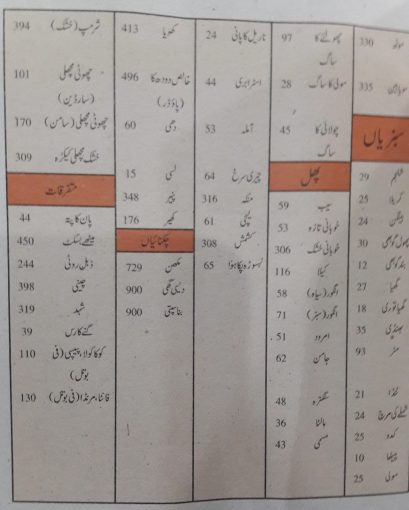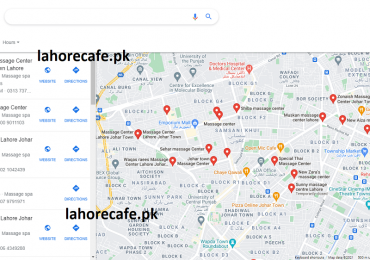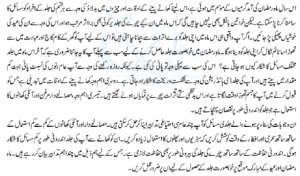Calories Chart Counter and Calculator for Pakistani Food
In this article, we’ll explore calorie counting for Pakistani food and how to use calorie calculators effectively. In Pakistan, many people are not very conscious of their calorie intake due to busy lifestyles. This can lead to weight gain and health issues. Understanding calories and using a calorie counter can help manage weight and improve health.
What are Calories?
Calories are a unit of energy that our bodies need to function. The number of calories we need depends on factors like age, sex, height, weight, and activity level. Consuming more calories than we burn can lead to weight gain, while eating fewer calories can result in weight loss.
Calorie Chart for Common Foods
Here’s a basic calorie chart for some common foods:
- Apple: 95 calories
- Banana: 105 calories
- Orange: 62 calories
- Yogurt: 150 calories
- Peanut Butter Sandwich: 350 calories
- Chicken Breast: 310 calories
- Salmon: 200 calories
- Brown Rice: 190 calories
Using a Calorie Calculator
To find out how many calories you need each day, use a calorie calculator. Enter your age, sex, height, weight, and activity level to get an estimate of your daily calorie needs. You can find many online calculators for this purpose.
Calorie Calculator for Pakistani Food
In Pakistan, wheat (gandum) is a staple food. For example, 100 grams of wheat contains about 356 calories. Knowing the calorie content of common foods helps you manage your diet better.
Calorie Chart for Pakistani Foods
Here’s how you can manage your calories with common Pakistani foods:
- Wheat (Atta): 341 calories per 100 grams
- Rice: 130 calories per 100 grams
- Chicken Curry: Approximately 250 calories per serving
Tips for Managing Calorie Intake
- Eat Smaller Portions: Control your portion sizes to manage calorie intake.
- Choose Lower-Calorie Foods: Opt for foods with fewer calories.
- Increase Physical Activity: Exercise regularly to burn calories.
- Drink Water: Replace sugary drinks with water.
Frequently Asked Questions
- What are the benefits of eating fewer calories?
Eating fewer calories can lead to weight loss, improved blood pressure, lower risk of heart disease, and more energy. - What are the risks of eating too many calories?
Consuming too many calories can result in weight gain, obesity, diabetes, heart disease, and other health issues. - How can I track my calorie intake?
Use a food journal, calorie counting app, or meal tracking service to keep track of your calorie intake. - What are some healthy ways to reduce calorie intake?
Eat smaller portions, choose lower-calorie foods, increase physical activity, and drink water instead of sugary drinks.
Conclusion
Understanding and tracking calories is crucial for maintaining a healthy diet. By knowing how many calories you need and how to track your intake, you can make healthier choices and achieve your weight and health goals.





Cookies help us deliver our services. By using our services, you agree to our use of cookies Learn more Got it With the free Calorie Counter app by YAZIO, you can manage your daily food diary, track your activities and lose weight successfully. Counting calories and losing weight has never been so easy!